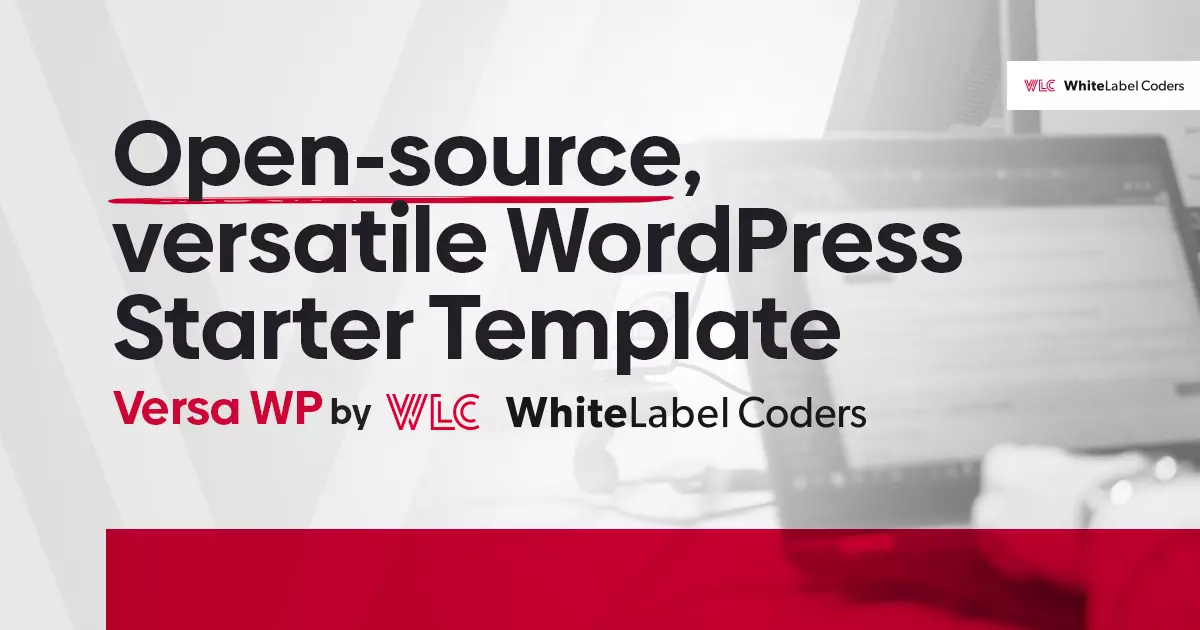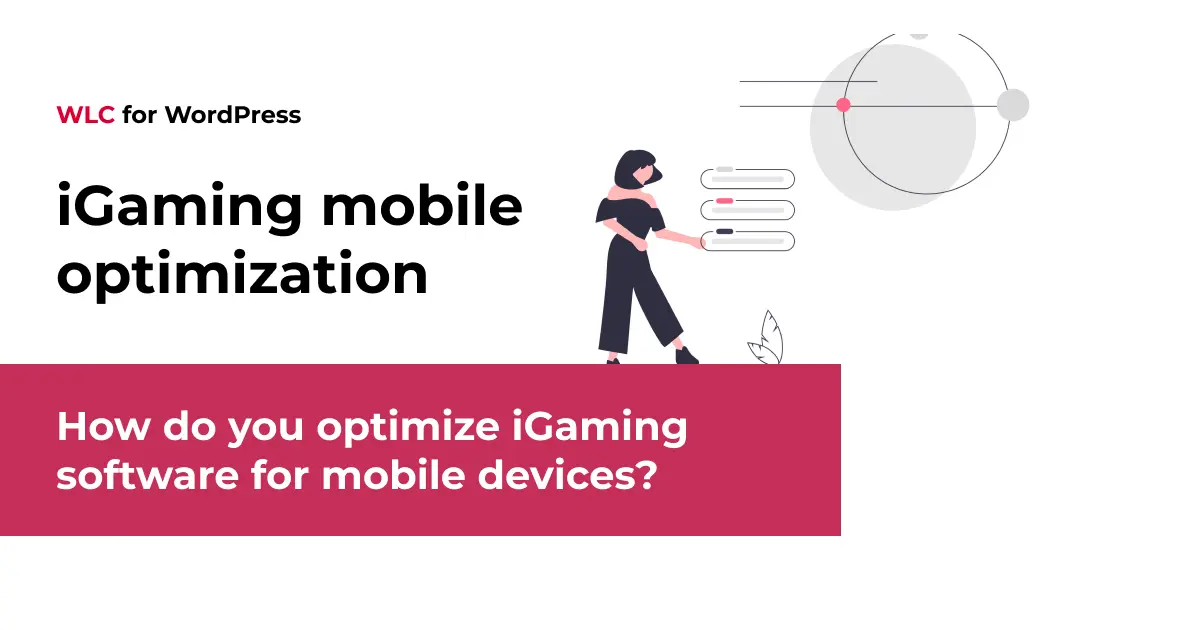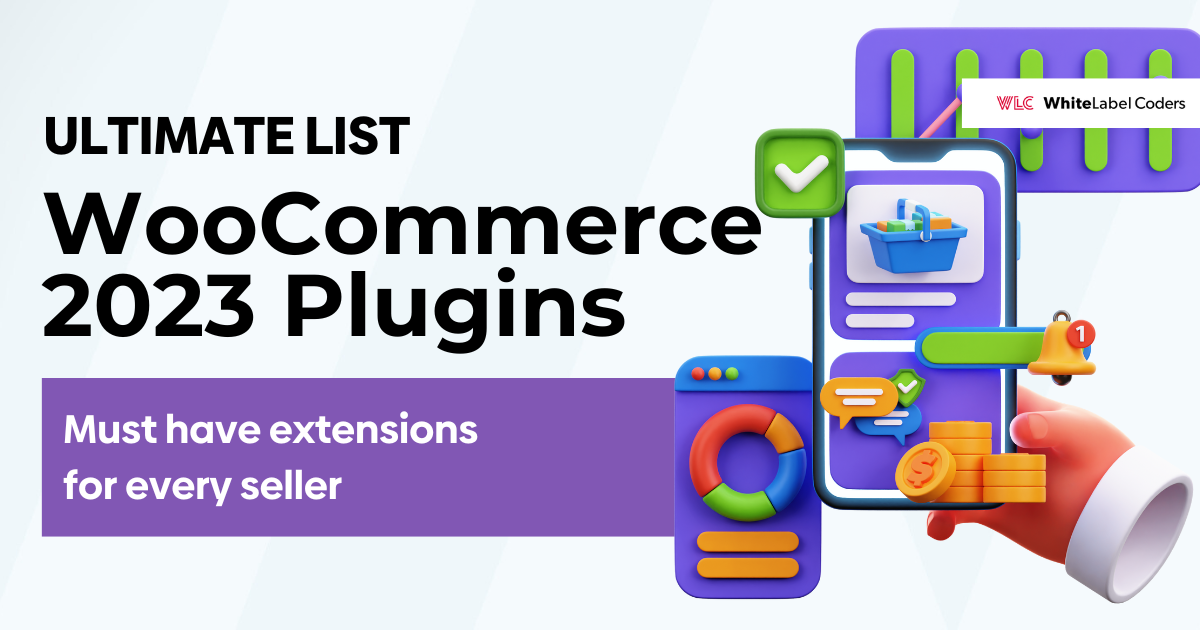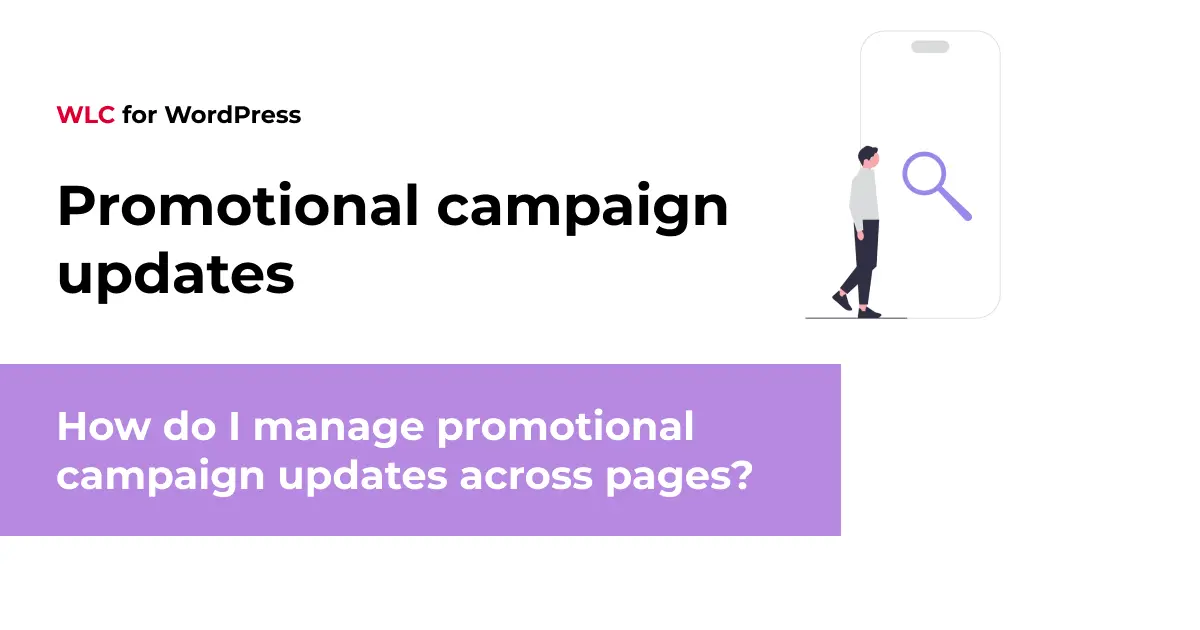Category: WordPress
What is the difference between a WordPress theme and a WordPress template?
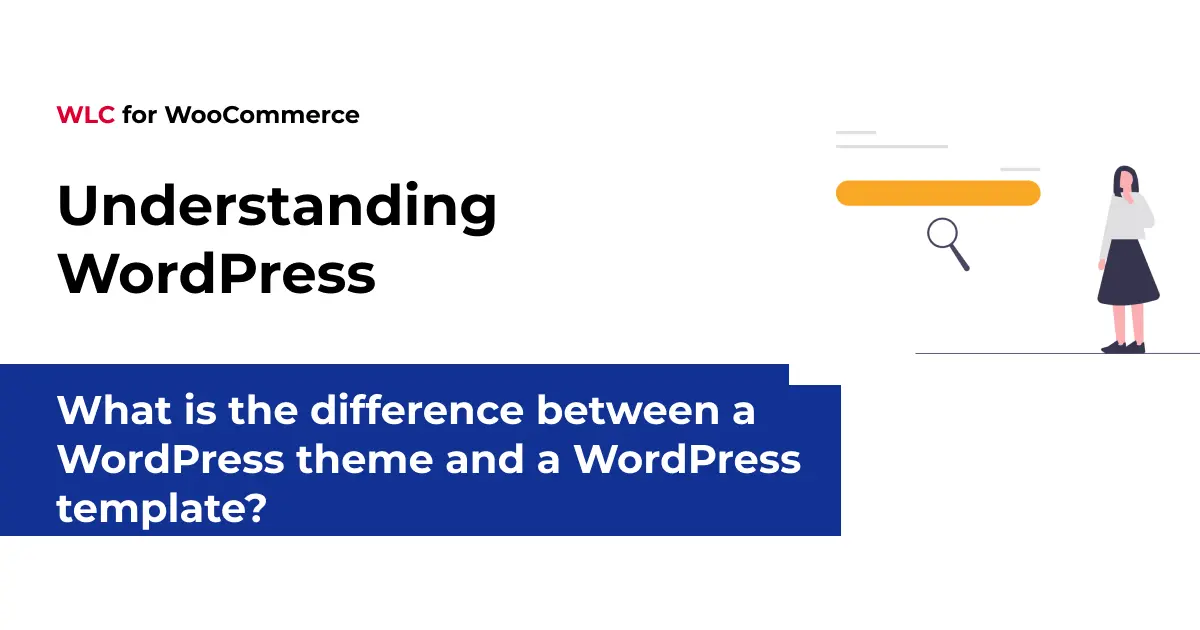
The main difference between a WordPress theme and a WordPress template is that a theme is the complete package controlling your website’s overall appearance and functionality, whilst a template is an individual file within that theme responsible for displaying specific types of content. Think of a theme as the entire house, and templates as individual rooms serving different purposes within that house.
Understanding WordPress themes vs templates: the fundamental distinction
When you’re building a WordPress website, understanding the relationship between themes and templates is crucial for making informed development decisions. This distinction often confuses newcomers, but it’s actually quite straightforward once you grasp the hierarchical structure.
WordPress themes serve as the overarching design system for your entire website. They contain multiple template files, stylesheets, functions, and other assets that work together to create a cohesive user experience. Templates, on the other hand, are the individual PHP files within a theme that handle specific content types and page layouts.
This relationship is particularly important when considering WordPress custom development projects, where understanding these fundamentals helps you make better architectural decisions.
What exactly is a WordPress theme?
A WordPress theme is a complete collection of files that determines how your website looks and functions. It’s essentially a skin that wraps around your WordPress content, controlling everything from colours and fonts to layout structures and interactive elements.
Every WordPress theme contains several essential components:
- Template files (PHP) that structure different page types
- Stylesheet files (CSS) that control visual appearance
- Functions file (functions.php) that adds custom functionality
- Image and asset files for design elements
- Configuration files that define theme properties
When you install a theme, you’re essentially installing a complete design and functionality package. The theme controls how your posts, pages, archives, and other content types are displayed across your entire website. This makes themes perfect for users who want a comprehensive solution without diving into individual file modifications.
What is a WordPress template and how does it work?
A WordPress template is a single PHP file within a theme that’s responsible for displaying specific types of content or pages. Each template has a particular job, whether that’s showing your homepage, individual blog posts, category archives, or search results.
WordPress follows a template hierarchy system that determines which template file to use for different situations. For example:
- index.php serves as the fallback template for all content
- single.php displays individual blog posts
- page.php handles static pages
- archive.php shows category and tag listings
- 404.php displays error pages
Templates contain a mix of HTML structure, PHP code, and WordPress functions that pull content from your database and format it for display. When someone visits your website, WordPress automatically selects the most appropriate template based on what they’re trying to view.
How do WordPress themes and templates work together?
WordPress themes and templates work together through a hierarchical system that ensures your content always has a way to be displayed. This collaboration happens automatically behind the scenes, but understanding it helps you make better customisation decisions.
When a visitor requests a page, WordPress follows this process:
- Determines what type of content is being requested
- Checks the active theme for the most specific template
- Falls back to more general templates if specific ones don’t exist
- Uses the theme’s styling and functions to render the final page
This system provides incredible flexibility for custom WordPress website development. You can create highly specific templates for particular content types whilst relying on the theme’s general styling and functionality. The theme provides the foundation, whilst templates handle the specific presentation logic. At White Label Coders, we often combine custom theme development with highly specific templates to deliver fully tailored solutions that scale with our clients’ business needs.
What are the key differences between themes and templates?
The key differences between WordPress themes and templates relate to scope, installation, and customisation approaches. Understanding these distinctions helps you choose the right approach for your project needs.
| Aspect | WordPress Theme | WordPress Template |
|---|---|---|
| Scope | Entire website appearance and functionality | Specific content types or page layouts |
| Installation | Installed as complete package via admin | Individual files within theme directory |
| Customisation | Theme customiser, child themes, or replacement | Direct file editing or template overrides |
| Impact | Changes affect entire site | Changes affect specific content types |
| Complexity | Can be used without technical knowledge | Requires understanding of PHP and HTML |
These differences highlight why themes are perfect for comprehensive website changes, whilst template modifications suit targeted customisations. Your choice depends on whether you need broad changes across your site or specific adjustments to particular content types.
When should you customise a theme versus modifying templates?
The decision between theme customisation and template modification depends on your project scope and technical requirements. Each approach serves different scenarios and skill levels.
Choose theme customisation when you need:
- Comprehensive design changes across your entire website
- A solution that doesn’t require coding knowledge
- Professional support and regular updates
- Quick implementation with minimal technical risk
Opt for template modification when you require:
- Specific changes to how certain content types display
- Custom functionality that themes don’t provide
- Fine-grained control over individual page layouts
- Integration with custom post types or fields
For complex projects requiring both approaches, wordpress custom development often provides the best solution. This allows you to leverage the benefits of both themes and custom templates whilst maintaining a cohesive, scalable architecture.
For example, in a recent B2B iGaming project, we created a custom WordPress theme for the overall site design, while building bespoke templates for game listings, player dashboards, and promotional pages.
Key takeaways for choosing between WordPress themes and templates
Understanding the relationship between WordPress themes and templates empowers you to make informed development decisions that align with your project goals and technical capabilities.
Remember that themes provide comprehensive solutions for overall website design and functionality, making them ideal for users who want complete packages with professional support. Templates offer granular control over specific content presentation, perfect for developers who need targeted customisations.
The beauty of WordPress lies in how these components work together seamlessly. You don’t have to choose one approach exclusively, you can combine theme-level customisations with specific template modifications to achieve exactly the functionality and appearance your project requires.
Whether you’re building a simple blog or a complex business website, understanding this fundamental distinction helps you approach WordPress development with confidence and clarity. The key is matching your approach to your specific needs, technical skills, and long-term maintenance considerations.
If you’re considering a custom WordPress website and aren’t sure whether to focus on theme-level changes or template-level customisations, our development team can help you choose the right approach for performance, scalability, and maintainability. Have any questions? Contact us.

